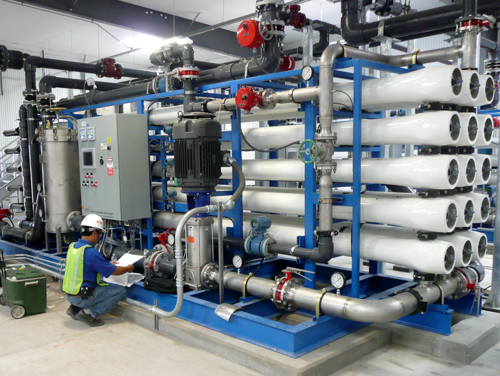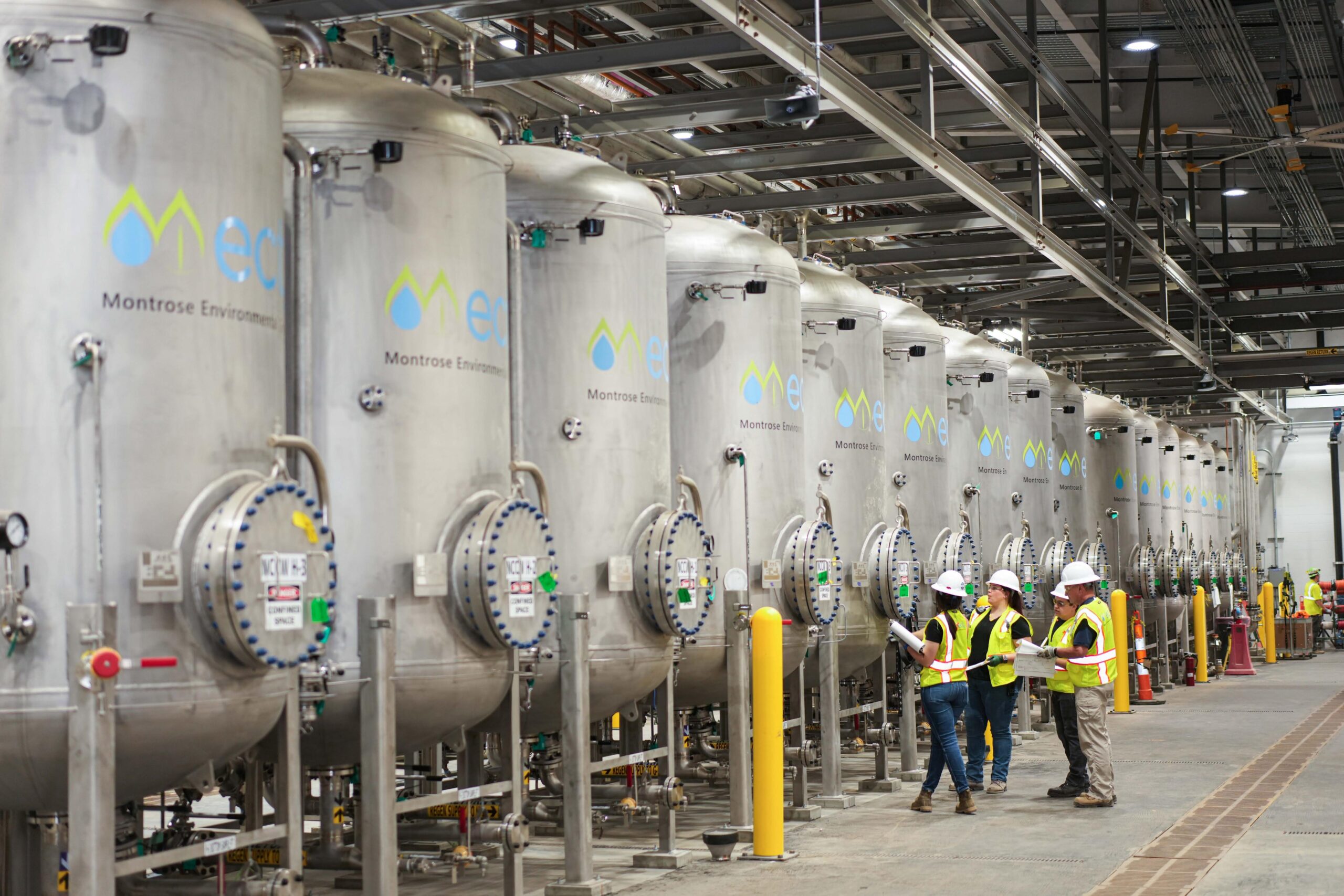M270 PFAS Treatment for Eco-Friendly Waste Management
Wiki Article
How PFAS Therapy Makes Certain Clean and Lasting Water
The existence of PFAS, generally recognized as "for life chemicals," poses significant challenges to water high quality and public wellness. The effects of these therapies expand past instant wellness advantages; they elevate crucial concerns regarding long-lasting water administration methods that should be addressed to ensure a resilient future.
Recognizing PFAS Contamination
PFAS, or per- and polyfluoroalkyl compounds, have become a substantial environmental concern because of their prevalent prevalence and persistence in the environment. These synthetic chemicals have been used in different commercial applications and customer items, consisting of non-stick cookware, water-proof apparel, and food product packaging, as a result of their distinct residential or commercial properties such as water and oil resistance.The contamination of soil and water sources by PFAS occurs primarily via commercial discharges, firefighting foam use, and leaching from landfills. pfas management. Once launched, these materials are immune to deterioration, resulting in their accumulation in the setting. This perseverance increases vital problems, as PFAS can travel fars away with groundwater and surface water supply, impacting drinking water supplies and ecological communities

Health And Wellness Dangers of PFAS
The persistence of PFAS in the setting elevates substantial health and wellness issues for individuals revealed to these materials. Research study has actually connected PFAS direct exposure to various damaging health and wellness results, including immune system disorder, liver damage, and boosted risk of specific cancers.The ubiquity of PFAS in customer products, such as non-stick cookware, water-repellent materials, and food product packaging, additional intensifies the danger of direct exposure. Consuming water infected with PFAS is a considerable concern, as these chemicals can seep right into groundwater sources. Susceptible populaces, consisting of children and those living near industrial websites, might face intense risks as a result of their developing systems and prospective for greater exposure levels.
As recognition of these health risks proceeds to expand, regulatory companies are starting to establish guidelines for PFAS degrees in alcohol consumption water. Public health efforts are important to reduce exposure and secure areas from the long-term effects of these dangerous compounds.

Ingenious Therapy Technologies
Exactly how can we effectively deal with the challenges presented by PFAS contamination in water sources? Cutting-edge treatment modern technologies are arising as crucial options in the quest for tidy water. These approaches concentrate on the removal or damage of per- and polyfluoroalkyl substances (PFAS), which are well-known for their perseverance in the environment.One appealing strategy is adsorption using sophisticated materials, such as triggered carbon and ion exchange materials. These products have revealed efficacy in catching PFAS particles from water. Another significant technology is membrane filtering, which makes use of nanofiltration and reverse osmosis to separate pollutants pfas waste management at the molecular degree, thus supplying an obstacle versus PFAS.
In addition, progressed oxidation processes (AOPs) employ strong oxidants to damage down PFAS substances into harmless by-products. This approach is specifically effective for treating extremely infected water sources. Bioremediation techniques, utilizing certain bacteria, are additionally being discovered to degrade PFAS.
As research continues, hybrid systems that integrate several modern technologies might supply boosted efficiency, addressing the complexities of PFAS contamination. The development and implementation of these ingenious therapy modern technologies are crucial steps toward making sure the security and sustainability of our water resources.
Benefits of Efficient PFAS Therapy
Successfully dealing with PFAS contamination in water sources substantially boosts public health and wellness and environmental safety. PFAS, often described as "for life chemicals," are immune to deterioration and can accumulate in the body, resulting in serious wellness threats such as cancer, liver damages, and body immune system dysfunction. By executing reliable treatment methods, areas can minimize exposure to these harmful compounds, ultimately improving the wellness outcomes of their populaces.
Moreover, effective PFAS therapy adds to the conservation of regional environments. Polluted water can adversely influence marine life and interrupt the fragile balance of neighborhood habitats. By making sure clean water, treatment procedures shield biodiversity and keep ecological stability.
Furthermore, efficient PFAS remediation can promote public self-confidence in water top quality. When neighborhoods are ensured that their alcohol consumption water is without harmful pollutants, it promotes a feeling of safety and security and wellness. This trust is vital for neighborhood involvement and assistance for continuous water management campaigns.
Future of Water Sustainability
Amidst growing concerns regarding water top quality and shortage, the future of water sustainability pivots on innovative approaches and collaborative initiatives. As areas face the looming threats of contaminants like PFAS, the development of innovative therapy innovations is essential. These innovations not just concentrate on the removal of damaging compounds however also promote the reuse and recycling of water, thereby reducing overall need.In addition, reliable water administration plays a vital function in making sure sustainable practices. Policymakers must incorporate clinical research study with regulatory frameworks to develop clear guidelines for water usage and therapy. Stakeholder interaction, including local areas and markets, promotes a sense of common obligation and encourages lasting methods across numerous fields.
Investment in infrastructure is additionally important; upgrading aging systems to incorporate modern-day purification and purification approaches can substantially enhance water top quality. Additionally, embracing eco-friendly technologies, such as all-natural filtering systems, can give eco-friendly options.
Ultimately, the future of water sustainability hinges on a holistic technique that combines modern technology, policy, and neighborhood involvement. By prioritizing these components, we can protect our water sources for generations to come, making sure tidy and sustainable water for all.
Verdict
In conclusion, the reliable treatment of PFAS is crucial for making sure tidy and sustainable water. By utilizing innovative technologies such as triggered carbon adsorption, membrane layer filtration, and advanced oxidation processes, areas can significantly decrease the health threats connected with these pollutants. The integration of these treatment techniques sustains environment defense and boosts biodiversity. Inevitably, durable PFAS therapy strategies add to long-term resilience in water management, fostering public count on water high quality and advertising sustainable methods.Report this wiki page